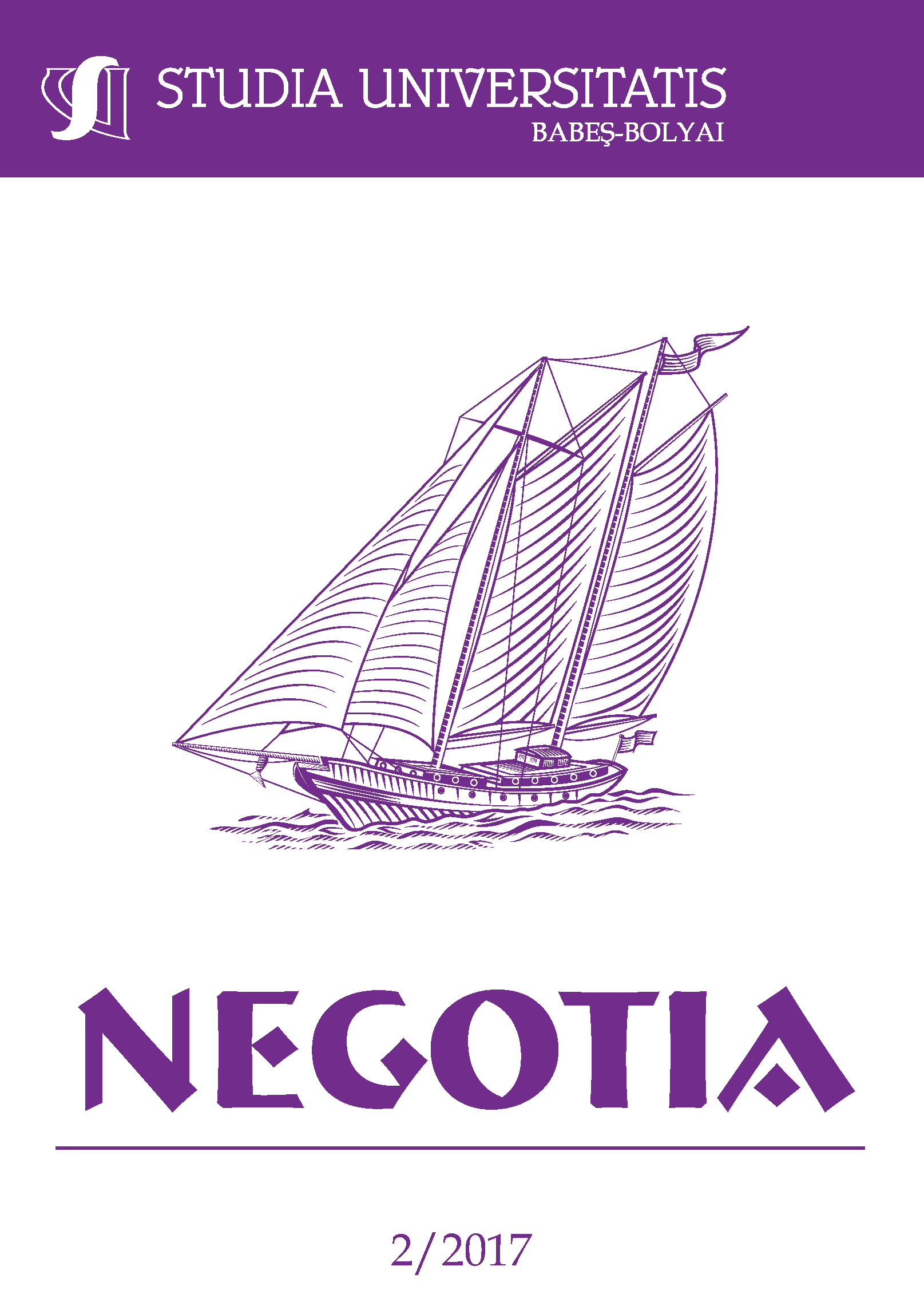EDUCATIONAL CHANGE IN THE 21ST CENTURY: SMALL BUSINESS TO TACKLE TEMPERATURE, WATER, SOIL
DOI:
https://doi.org/10.24193/subbnegotia.2017.2.04Keywords:
design thinking, entrepreneurial, innovation, interdisciplinary, knowledge.Abstract
This is a case study, of the development of UNAN-Managua as an innovative Nicaraguan University. The history 2004-2017 is of the developmental path of this leading educational institution. It focuses on the importance of interdisciplinary development of pedagogy across the universities’ multiple campuses, farms, facilities and institutes. It starts simple and ends with a major program to change the university using Innovation and Design Thinking. The nexus of knowledge and innovative processes are opening this university to compete in the world marketplace. Students have the chance to learn from faculty who have experienced innovative thinking and innovative pedagogy. Starting was not easy, as those coming from the United States were educated in that very individualistic culture. It took time to understand, empathize, and design programs that work within the collectivistic culture, and within the social and economic structures of the country. Remembering that Nicaragua is the second poorest country in the Western Hemisphere, it has taken effort to bring a university of 40,000-plus students into the thinking methods of the 21st century. Much is built around the models of Design Thinking and the Business Model Canvass, as these are easily accessible in multiple languages. UNAN Managua is the largest University in Nicaragua with a campus in the capital city, four regional autonomous campuses, an extensive program in the rural farming areas (UNICAM), many institutes and areas of investigation. Faculty come from all campuses, all disciplines, ages, and ranks to engage in learning the innovative approaches to problem solving. Working across the disciplines, they meet each other, learn from each other, help each other, and think about how to change the classes that they teach. Working across the campuses brings a new strength and vibrancy to the university. Today, students from farms in the most rural areas of this poor country sit with freshly degreed faculty members learning one from the other. Today, faculty departments work together to bring innovative thinking into a variety of subject matters. They join to create events to encourage their students to be innovative. Today, the Rectora envisions the innovative UNAN or UNAN INOVA, only a dream a few years ago. This is the history of how innovative thinking, application and the challenge of business professionals can help a faculty to create a university for the 21st century. This is the thinking behind a transformation from once-guarded Sandinista institutions to becoming an innovation leader on the National Stage of Nicaragua and the world stage as a player in international competitions. Under the Rectora, the university has done all this without losing sight of including everyone in the educational revolution. Most recently, they placed second in the Wege International competition with Kendall College. This is a case of being entrepreneurial in the Drucker sense of being a change agent. The leadership defined the problem, sought the knowledge for change for its faculty, and is now in the process of making a difference in Nicaragua. This is a story from which other universities can learn.
JEL Classification: O01
References
Beckmann, Waltraud, a colleague at Applied Global Innovation Initiative, 2010-2017
CENAC Spanish School, http://spanishschoolcenac.com/
Cisnero, Elmer, http://www.canal4.com.ni/index.php/multinoticias/375-continuan-honores-postumos-al-rector-elmer-cisneros, accessed 21.10.2017
Dam. R., and T., Siang, “Interaction Design Foundation,” (Accessed 01.09.2017) https://www.interaction-design.org/literature/article/what-is-design-thinking-and-why-is-it-so-popular
Hasso Plattner Institute for Design, Stanford University, School, https://dschool.stanford.edu/school https://dschool.stanford.edu/
Hasso Plattner Institute, Potsdam https://hpi.de/en/
Hasso Plattner Institute of Design Thinking at the University of Capet Town http://www.dschool.uct.ac.za/
Hofstede, G., Cultural Dimensions, Country Comparisons, (accessed June 6, 2017). https://geert-hofstede.com/countries.html
Kiyosaki, R. T, and S. L. Lechter, 1997, Rich Dad Poor Dad, Warner Books, New York.
Ley 89, 1990, “Ley de Autonomia de las Institutciones de Education Superior,” http://legislacion.asamblea.gob.ni/Normaweb.nsf/%28$All%29/26C0D292E6C3E19C062570A100577D60?OpenDocument
United Nations Sustainable Development Goals, http://www.un.org/sustainabledevelopment/sustainable-development-goals/ (accessed 01.09.2017).
Downloads
Published
How to Cite
Issue
Section
License
Copyright (c) 2017 Studia Universitatis Babeș-Bolyai Negotia

This work is licensed under a Creative Commons Attribution-NonCommercial-NoDerivatives 4.0 International License.






